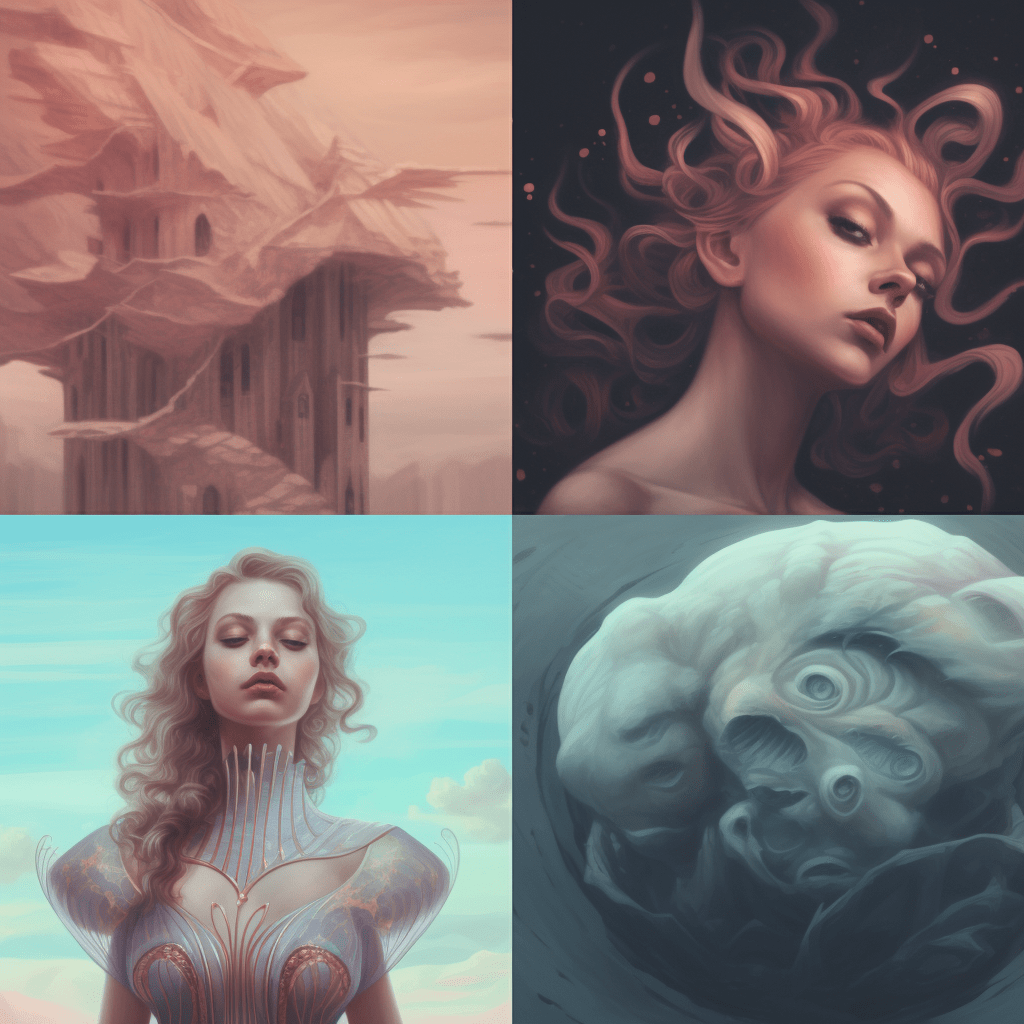Ever wondered how you can create your very own non-fungible token (NFT) without breaking the bank? Well, it’s possible, and you’re about to find out how. The web3 space is a buzzing hive of innovation, and NFTs are one of its most fascinating developments. They allow artists and creators to tokenize their work into unique digital assets that can be bought, sold, or traded on the blockchain. So if you want to know how to make an NFT for free (or as close as possible) that’s exactly what you’ll be able to do.

Understanding NFTs and the Costs Involved
Before diving into the creation process, it’s important to understand what NFTs are and the costs typically associated with making them. NFTs are digital assets that represent ownership or proof of authenticity of a unique item or piece of content, stored on a blockchain, which is a decentralized and transparent digital ledger.
Creating an NFT involves “minting” it on the blockchain, a process that typically requires paying a “gas fee” – the cost of performing a transaction or executing a contract on the Ethereum network. This fee fluctuates based on network congestion and can sometimes be quite high. However, there are ways to mint NFTs that can minimize or even eliminate these costs, which we’ll explore shortly.
Choosing the Right Blockchain
The first step in creating an NFT for free is choosing the right blockchain. While Ethereum is the most popular and widely recognized NFT platform, the associated gas fees can be prohibitive for those looking to create NFTs for free. Fortunately, there are alternatives. For instance, the Mintable platform allows you to create and list NFTs for free on their ‘gas-less’ storefront.
Other blockchains, such as Binance Smart Chain (BSC), Flow, and Tezos, also support NFTs and often have much lower fees than Ethereum. Keep in mind that while creating and listing your NFT might be free on some platforms, a transaction or ‘gas’ fee might apply when the NFT is sold.
Creating Your NFT

After selecting a suitable blockchain, the next step is to create your NFT. This is a multi-step process that includes creating your digital asset, uploading it to an NFT marketplace, and minting it as an NFT.
Creating Your Digital Asset
Your digital asset can be anything you want – a piece of art, music, a video, a tweet, a virtual real estate, etc. The important thing is that it’s a digital file that can be uploaded to the NFT platform. For artists, this could be a JPEG or PNG file of your artwork. For musicians, an MP3 file of your song, and so on.
Selecting an NFT Marketplace
The next step is to choose an NFT marketplace that supports the blockchain you’ve chosen and allows free minting. This is where you’ll upload your digital asset and turn it into an NFT. Some popular options include Mintable (for Ethereum), BakerySwap (for BSC), and Hic et Nunc (for Tezos).
While selecting a marketplace, consider factors such as the platform’s popularity, user interface, and whether it supports the kind of NFT you want to create. You’ll want a platform that has a large user base for maximum exposure and a simple, intuitive interface that makes the creation process easy.
Minting Your NFT

Minting is the process of creating your NFT on the blockchain. This usually involves uploading your digital file to the platform, providing details about your work, setting a price, and then confirming the creation of your NFT. You’ll need to connect a digital wallet to the platform, which is where your NFT will be stored once minted. Some marketplaces might also ask for additional information, like royalty settings, to ensure you continue to earn from your work even after it is sold.
Promoting Your NFT
After minting your NFT, it’s crucial to promote it. With the number of NFTs rapidly increasing, standing out from the crowd can be challenging. Use social media, NFT communities, and personal networks to showcase your work. Share the story behind your NFT – this helps to establish a deeper connection with potential buyers.
While creating and minting NFTs for free is definitely possible, it’s essential to be aware of potential costs that may come into play later, like when selling or transferring your NFT. These transaction fees depend on the blockchain used and the state of the network at the time of the transaction. Furthermore, while we’ve focused on cost-free methods, it’s worth noting that some creators might choose to pay for minting to leverage the benefits of certain platforms or to ensure a smoother, faster process.
Now, armed with this knowledge, you are ready to enter the exciting world of NFT creation. Remember, the digital world is your oyster, so let your creativity run wild. Good luck on your NFT journey!
